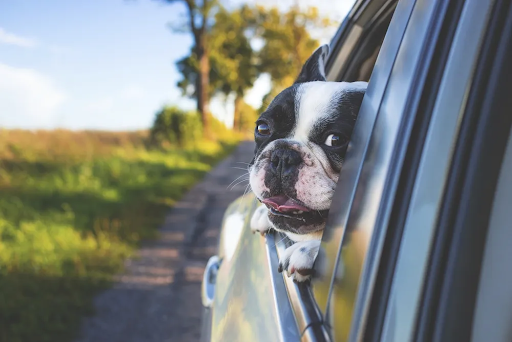While these tips are essential for domestic travel, taking your pet globetrotting requires an even higher level of preparation. The core principles of comfort, safety, and planning remain the same, but the stakes and paperwork are significantly higher.
The most critical difference is the extensive paperwork and quarantine rules. Every country has its own import requirements. This often includes specific vaccinations, blood tests (like a rabies titer test), and government-endorsed health certificates. You must research the destination country’s regulations months in advance, as some processes can take that long.
Investing in an IATA-compliant carrier is non-negotiable for international air travel. These carriers have specific requirements for size, ventilation, construction, and locking mechanisms to ensure the animal’s safety during a long flight. Acclimatizing your pet to this specific carrier is even more crucial due to the extended travel time.
Logistics like food and water breaks become more complex. For long-haul flights, carriers must have food and water dishes that can be accessed from the outside by airline staff. It’s also vital to ensure your pet has up-to-date microchipping (often requiring a specific ISO standard) and a collar with tags relevant to your destination. While the core tips apply, international travel demands meticulous, long-term planning.
Globetrotting with Your Pet: An International Perspective
10

